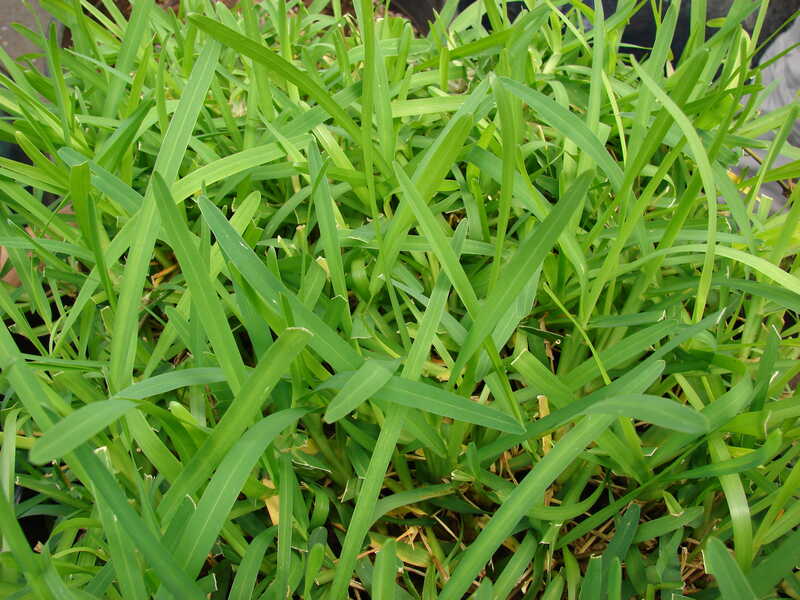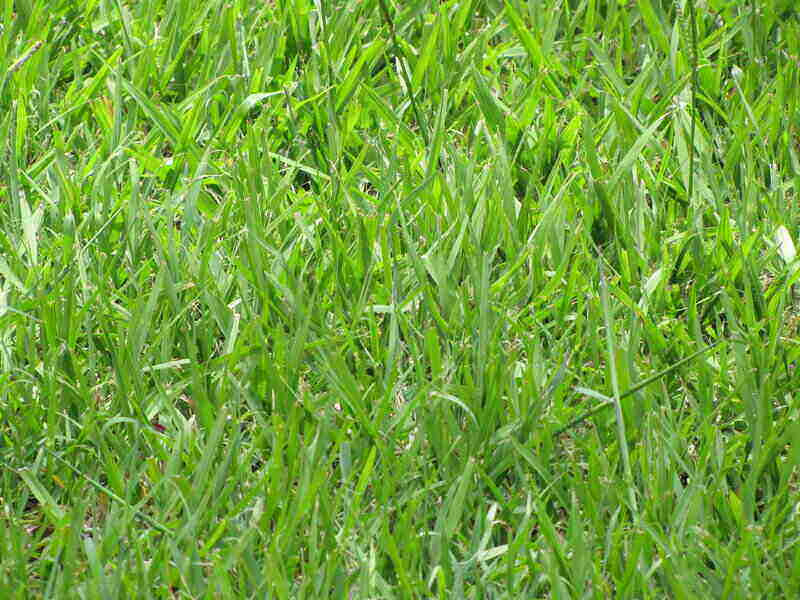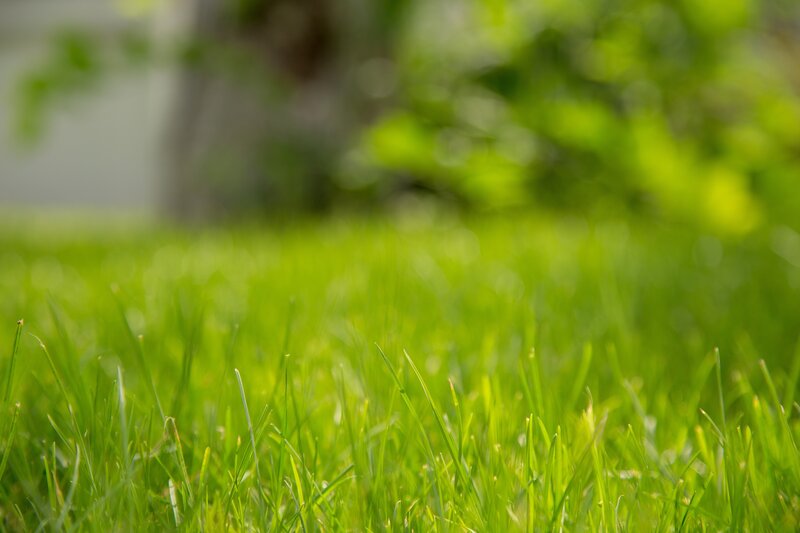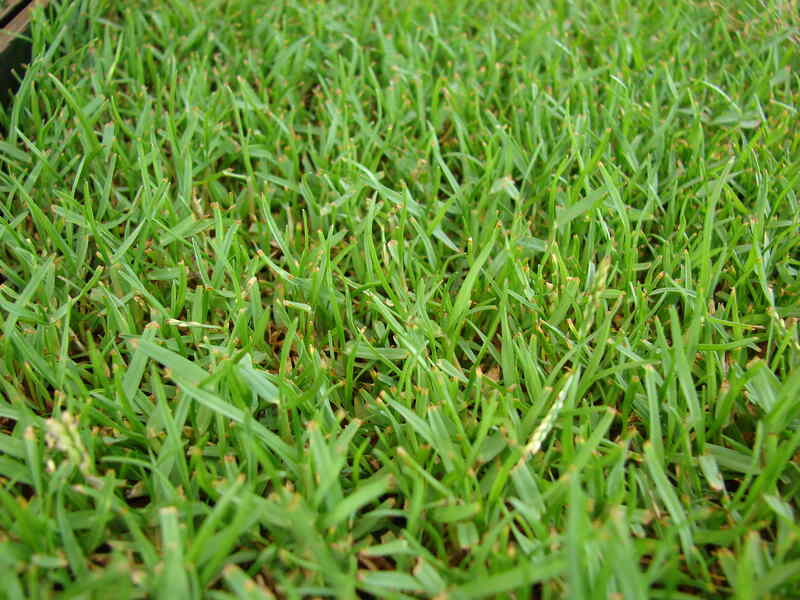4 Best Grass Types for Ocala, FL
BY KIMBERLY MAGERL | MAY 8TH, 2023 | FLORIDA, LAWN CARE, OCALAWith an average temperature of 68 degrees Fahrenheit in January, it is easy to see why Ocala, Florida, is a great place to raise and train thoroughbred horses. Named the “Horse Capital of the World” in 2007, this North Central Florida city has a humid subtropical climate with mild winters. The best grass types for Ocala thrive in the city’s hot summers. If you are installing a new lawn or looking to green up your existing yard, consider one of these options for a lush Florida oasis.
In this article, we’ll cover:
Warm-Season vs. Cool-Season Grasses
It is no surprise that the Sunshine State benefits from warm-season grass varieties that prefer growing temperatures between 80 to 95 degrees Fahrenheit. These grasses come from tropical regions, making them well-adapted to Ocala’s humid climate. Warm-season turfgrasses soak up the sun and actively grow year-round in North Central Florida, though growth slows during the milder winter months.
All types of grass are classified into one of two categories:
- Warm-season grasses perform best in the southern half of the United States. They grow most actively in late spring and summer when temperatures are around 75 to 95 degrees Fahrenheit.
- Cool-season grasses are well-suited to northern climates with cold winters and distinct seasons. They grow most actively in early spring and fall when temperatures are around 55 to 75 degrees Fahrenheit.
4 Warm-Season Grasses for Ocala
The following warm-season grass types are perfectly suited for the climatic and soil conditions of Ocala:
1. St. Augustinegrass

Photo Credit: Forest and Kim Starr / Flickr / CC BY 2.0
St. Augustinegrass is native to warm coastal regions. It is the most popular Florida turfgrass and the most shade-tolerant. St. Augustinegrass has a dense appearance and deep roots. The quick-growing variety is easy to establish and moderately salt tolerant. Unfortunately, it does not stand up well to herbicides or heavy traffic.
St. Augustinegrass is coarse-textured and blue-green in color. The most readily available Florida cultivars are Bitterblue, Classic, and Floratam, though Floratam has poor shade tolerance compared to other cultivars. All cultivars are susceptible to disease and pests like chinch bugs.
Classification: Warm-season grass
Spreads by: Stolons
Shade tolerance: Moderate shade tolerance, among the highest of any warm-season grass; some cultivars are more shade tolerant than others
Drought resistance: Moderate
Foot traffic tolerance: Moderate
Maintenance needs: Moderate to high mowing frequency
Mowing height: 2.5-4 inches (mow dwarf varieties from 2.5-3 inches; standard cultivars from 3-4 inches; mow tall in shade)
Potential for disease: Moderate to high; prone to gray leaf spot, large patch, and take-all root rot
Potential for pests: High; prone to chinch bugs, cutworms, mole crickets, grass loopers, army worms, web worms, and grubs
Soil pH: 6-7.5
Soil type: Tolerates many soil types; prefers moderately fertile and moist (not waterlogged) soils; not a highly drought-tolerant grass; doesn’t tolerate soil compaction
Other notes: Native to coastal areas across the world and prefers moist soils and mild winters; will thrive in more inland areas provided growing conditions are met; good salt tolerance; will go dormant during winter in all but the southernmost regions
2. Bahiagrass

Photo Credit: Forest and Kim Starr / Flickr / CC BY 2.0
Bahiagrass thrives in sandy soils. The low-maintenance cultivar loves to be left alone, requiring minimal water and fertilizer. It is less dense than other varieties, but its deep root system persists better in infertile soils, making it a great choice for lawns without irrigation systems, pastures, and horse farms.
Bahiagrass grows quickly in full sun. It does not stand up well to heavy traffic. The light green turfgrass is coarse-textured with a sparse growth habit.
Classification: Warm-season grass
Spreads by: Rhizomes
Shade tolerance: Low — needs full sun
Drought resistance: High
Foot traffic tolerance: Low
Maintenance needs: Growth rate is moderate to high, so plan to mow often during the growing season
Mowing height: 3-4 inches
Potential for disease: Low; susceptible to dollar spot
Potential for pests: Low; mole crickets are sometimes a problem
Soil pH: 5.5-6.5
Soil type: Tolerates most soils, does well in sandy loam
Other notes: Bahiagrass is grown in the Gulf Coast and Southeastern U.S; does best in acidic soils — not the best grass if your soils are naturally alkaline; doesn’t tolerate saltwater well
3. Bermudagrass

Photo Credit: Pexels
Bermudagrass is another common Florida grass that grows aggressively in full sun and recovers quickly from damage. The hardy turfgrass ranges from coarse to fine-textured, depending on the cultivar. It is salt and drought-tolerant and stands up to heavy foot traffic, making it a popular choice for golf courses, home lawns, and athletic fields.
Ocala is home to common and hybrid bermudagrass varieties. Common bermudagrass has a light green color and coarse texture, while hybrid cultivars have a finer texture and dark green appearance. Hybrid varieties require more maintenance than common bermudagrass, but they are more dense forming a carpet-like layer.
Classification: Warm-season grass
Spreads by: Stolons and rhizomes
Shade tolerance: Poor — needs full sun
Drought resistance: High
Foot traffic tolerance: High
Maintenance needs: Needs frequent mowing due to fast growth rate; develops thatch easily; needs regular fertilization
Mowing height: 1-2 inches
Potential for disease: Good resistance to disease; prone to spring dead spot, dollar spot, leaf spot, large patch, and sheath spot
Potential for pests: Low resistance; prone to white grubs, hunting billbugs, mole crickets, army worms, and sod webworms
Soil pH: 6-6.5
Soil type: Tolerates most soil types
Other notes: Bermuda spreads aggressively via its stolons (above-ground stems) and rhizomes (below-ground stems) and can out-compete many weeds. The downside is that it also can be a nuisance and is sometimes considered invasive. You’ll often find it has tunneled underground into flower beds and spread into neighboring lawns.
4. Zoysiagrass

Photo Credit: Forest and Kim Starr / Flickr / CC BY 2.0
Zoysiagrass stands up to anything Floridians throw at it. This turfgrass tolerates drought, low mow heights, shade, heavy traffic, and even lower temperatures. New cultivars have increased disease and pest resistance. The warm-season variety has low fertilization requirements and grows densely, blocking out weeds with its thick leaf blades.
Zoysia japonica and Zoysia matrella are two popular cultivars of Zoysiagrass in Ocala. These cultivars are not prone to disease or insects and grow slowly. The attractive turfgrass has a dense appearance and dark green color.
Classification: Warm-season grass
Spreads by: Stolons and rhizomes
Shade tolerance: Tolerates light to moderate shade
Drought resistance: High
Foot traffic tolerance: High
Maintenance needs: Low to moderate nitrogen requirement; moderate mowing frequency
Mowing height: 1-2.5 inches
Potential for disease: Low; large patch, root decline, spring dead spot, rust, curvularia, and leaf spot can occur
Potential for pests: Low; most common pests are mites, grubs, mole crickets, hunting billbugs, army worms, chinch bugs, and sod webworms
Soil pH: 6-6.5
Soil type: Well-draining, some cultivars more tolerant of a wide range of soils than others
Other notes: Moderately salt tolerant; cut with sharp mower blade; mow taller if grass is in partial shade
FAQ About Ocala Grass Types
Zoysiagrass is the best pet-friendly grass variety. It is resilient and stands up to heavy traffic, making it ideal for your furry family members.
You should plant your grass seed in April through July. This gives the seed a full growing season before the cooler winter temperatures set in .
St. Augustinegrass is the most shade-friendly grass type for Ocala.
Choose Plant and Grass Varieties for Your Ocala Landscape
Warm-season grass varieties are the best option for your Ocala lawn. They are suited to North Central Florida’s unique USDA Zone, 9a. All turfgrasses have their own characteristics, so be sure to choose a variety that works well for your lifestyle and your yard’s unique microclimate.
There are numerous landscaping options for Ocala thanks to its year-round warm weather. If you are looking to spruce up your home landscape, check out our list of the best native plants and set your lawn off on the right foot with our spring lawn care tips.
Conquer Ocala’s humid climate. Contact a lawn care pro in your area today to help you maintain a green and healthy lawn.
Main Image Credit: Ocala Historic District005 / Ebyabe / Wikimedia Commons / CC BY-SA 3.0